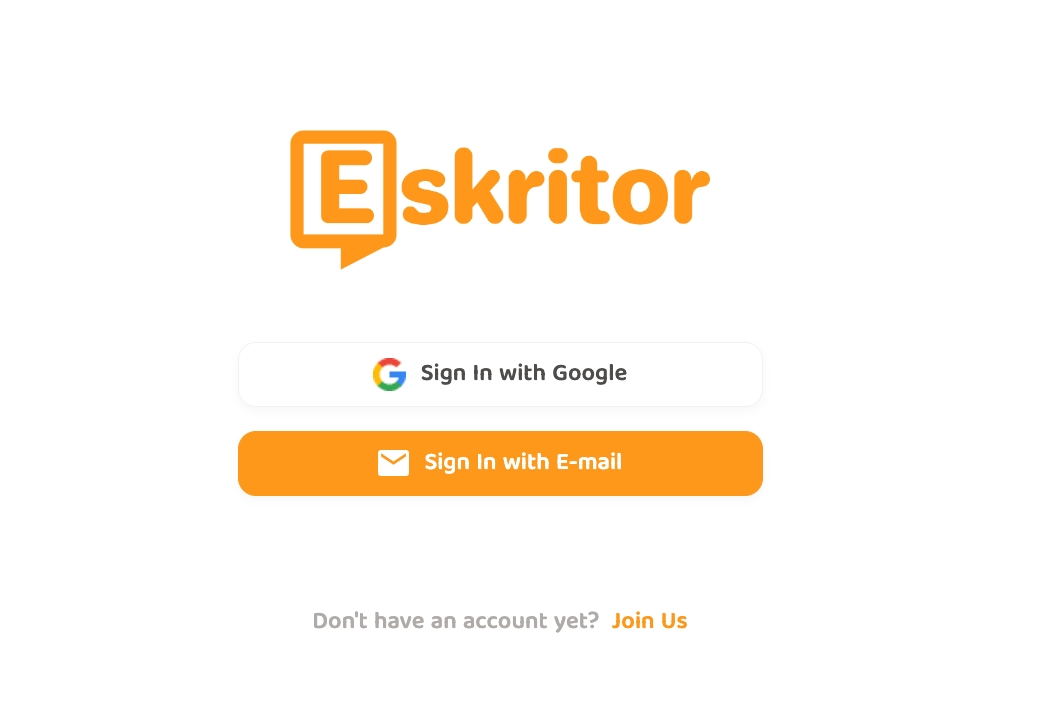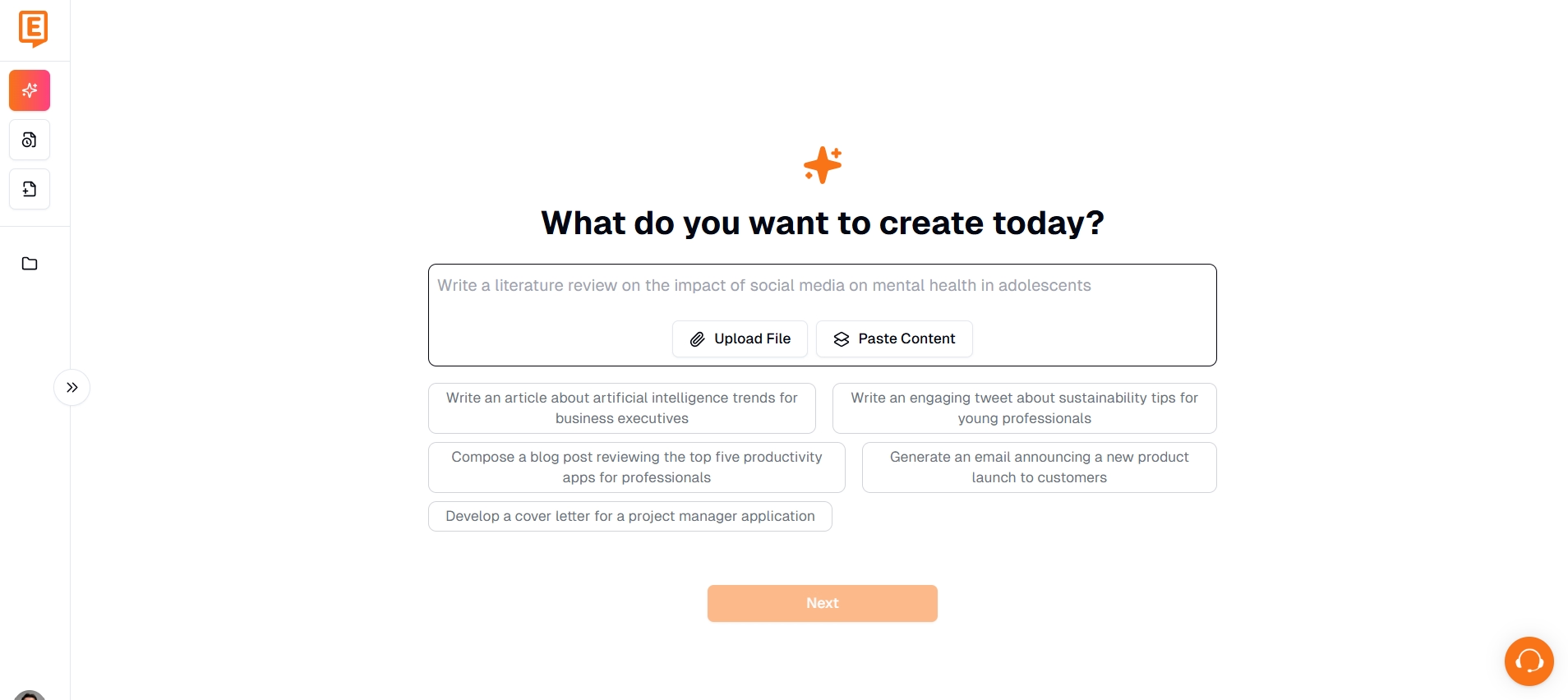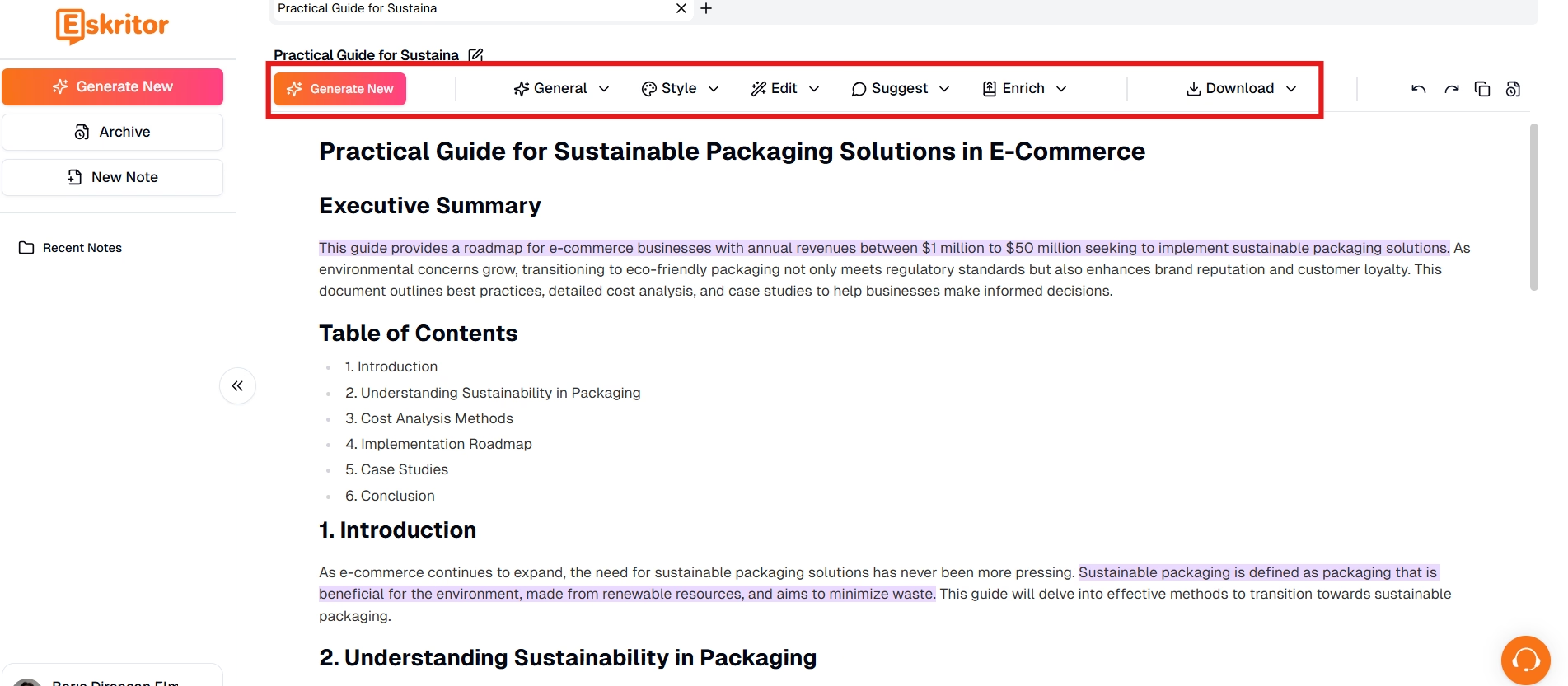In today's competitive business landscape, establishing yourself as an industry authority requires more than just expertise – it demands the ability to communicate complex ideas effectively. Learning how to write a white paper has emerged as one of the most powerful ways to showcase thought leadership and deep industry knowledge. In this guide, we'll explore the complete process of creating compelling white papers that position you and your organization as trusted industry experts.
Understanding White Paper Fundamentals
Before diving into the creation process, it's essential to understand what sets white papers apart from other content formats. Let's explore some key white paper examples that demonstrate how these documents serve as powerful tools for establishing credibility and demonstrating expertise in your field.
What Makes a White Paper Different
White papers combine academic rigor with practical business applications. Unlike blog posts or articles, white papers provide comprehensive analysis backed by substantial research, data, and expert insights. They typically address complex issues, offering detailed solutions while maintaining a professional, authoritative tone. This format allows organizations to showcase their expertise while providing genuine value to their audience.
Types of White Papers
Understanding different white paper formats helps you choose the most effective approach for your goals. Technical white papers focus on product specifications, innovations, or methodologies, while commercial white papers address business challenges and solutions. Hybrid approaches combine elements of both, offering technical insights within a business context.
Here are some practical examples of each type:
- Technical White Paper Example: "Blockchain Technology Implementation in Supply Chain Management"
- Commercial White Paper Example: "Solving Enterprise Data Security Challenges"
- Hybrid White Paper Example: "AI-Powered Customer Service: Technical Framework and Business Impact"
When practicing white paper writing for B2B audiences, focus on providing actionable insights backed by solid research and data. B2B white papers typically require more technical depth while maintaining clear business value propositions.
Essential Elements of Effective White Papers
A successful white paper incorporates several key elements that align with white paper writing best practices. Research-backed content forms the foundation, supported by relevant data and statistics. The problem-solution structure guides readers through complex topics while maintaining a professional tone to establish credibility.
Essential White Paper Writing Tips
Before diving into the writing process, consider these proven white paper writing tips that can elevate your document's impact:
Start with a Compelling Title
- Use specific, benefit-focused language
- Include numbers or data points when relevant
- Avoid jargon unless writing for a technical audience
Structure for Scanability
- Use clear headings and subheadings
- Include executive summary bullet points
- Add callout boxes for key statistics
Support Claims with Evidence
- Include recent research and statistics
- Reference industry studies
- Add expert quotes and testimonials
Maintain Professional Tone
- Use formal but accessible language
- Avoid promotional language
- Keep consistent voice throughout
Focus on Visual Appeal
- Include relevant charts and graphs
- Use professional formatting
- Maintain consistent branding
These best practices ensure your white paper meets professional standards while engaging your target audience effectively.

How to Structure Your White Paper
Creating a well-structured white paper ensures your message resonates with readers while maintaining their interest throughout the document. Understanding proper white paper structure is crucial for success.
White Paper Format Best Practices
A professional white paper follows a clear, logical structure. Standard sections include an executive summary, introduction, problem statement, methodology, findings, and recommendations. Page layout should prioritize readability with appropriate spacing, margins, and typography. Most effective white papers range from 6 to 12 pages, allowing comprehensive coverage without overwhelming readers.
White Paper Templates and Structure
When starting your white paper, choosing the right template is crucial for success. Professional white paper writing tools and white paper writing services often provide customizable templates that include:
Title Page
- Compelling title
- Author/organization information
- Date of publication
- Professional design elements
Executive Summary
- Key findings
- Main arguments
- Core recommendations
Problem Statement
- Market context
- Current challenges
- Impact on businesses
Methodology
- Research approach
- Data collection methods
- Analysis framework
Solutions/Findings
- Detailed analysis
- Supporting evidence
- Actionable insights
Recommendations
- Strategic steps
- Implementation guidance
- Expected outcomes
Conclusion
- Summary of key points
- Call to action
- Next steps
Eskritor provides customizable templates for each of these structures, allowing you to focus on content while maintaining professional formatting.
Creating a Compelling Executive Summary
The executive summary serves as your white paper's first impression. This section should concisely present your key findings and recommendations in no more than one page. Focus on highlighting the value proposition and main conclusions, enticing readers to explore the full document. Remember that many decision-makers may only read this section, so make it count.
Research and Data Integration
Credible research forms the backbone of any white paper. When integrating data, focus on relevance and reliability of sources. Present statistics and findings clearly through tables, charts, or infographics. Proper citation practices demonstrate thoroughness and professionalism while protecting intellectual property. Balance technical data with narrative elements to maintain reader engagement.
Visual Elements and Design
Strategic use of visual elements enhances your white paper's impact. Charts and graphs should illustrate key data points clearly. Infographics can simplify complex concepts, while tables organize detailed information effectively. Follow consistent design principles throughout the document, ensuring visual elements complement rather than overwhelm your content.
Step-by-Step White Paper Writing Process
A systematic approach to white paper creation ensures quality and consistency throughout the development process.
Planning and Research Phase
Begin by selecting a topic that addresses significant industry challenges while aligning with your expertise. Conduct thorough audience analysis to understand their needs, pain points, and technical knowledge level. Develop a comprehensive research methodology that combines primary and secondary sources. Create a detailed outline to guide your writing process.
Content Development
When writing your white paper, maintain a professional yet accessible tone. Balance technical accuracy with readability, ensuring your content engages both technical and non-technical audiences. Incorporate storytelling elements to illustrate real-world applications while maintaining the document's professional nature. Focus on clear, concise explanations of complex concepts.
Editing and Review Process
Thorough editing ensures your white paper meets professional standards. Review content for technical accuracy and clarity. Engage subject matter experts for peer review to validate your findings and recommendations. Conduct final polishing to ensure consistent formatting, proper citations, and error-free content.
Tools and Resources for White Paper Creation
Professional Writing Assistant: Eskritor
Eskritor revolutionizes the white paper creation process through its comprehensive suite of AI-powered features. The platform offers professional white paper templates, ensuring consistent formatting and structure. Real-time suggestions help improve content quality while you write, and collaboration features enable seamless team input throughout the development process.
The platform's Shape Content Using Custom Prompts feature allows you to provide specific instructions for generating and refining content in various tones and formats, ensuring your white paper matches your desired style. The Format Files for Professional Presentation capability helps you create polished, professional documents with customizable settings for fonts, layouts, and text alignments.
To maintain version control and collaboration, Eskritor provides Access to the Full History of Created Content, allowing you to track changes and revisit earlier versions of your work. This makes it easy to compare, retrieve, or revert to previous drafts when needed. The Copy Content for Easy Sharing feature enables seamless distribution of your white paper across platforms, facilitating collaboration with team members and stakeholders.
Streamline Your White Paper Writing with Eskritor
Eskritor transforms the complex process of white paper creation into a streamlined experience through AI-powered automation and customization templates. Follow these seven simple steps to create your professional white paper:
Step-by-Step Guide to Using Eskritor for White Paper Writing

- Log in to Eskritor
Access Eskritor and log in to your account to begin your white paper creation journey.

- Create Your White Paper with Customization Templates
Start a new project and customize the white paper template by answering Eskritor's guided prompts related to your industry, target audience, and key objectives. This ensures the AI generates content tailored to your specific needs.
<video1>
- Generate the White Paper Draft
Click Generate, and Eskritor will create a structured draft, including an introduction, problem statement, solution, supporting data, and conclusion. This initial framework provides a solid foundation for your white paper.

- Refine and Edit the White Paper
Edit for clarity, coherence, and tone using Eskritor's proofreading and rewording tools to ensure professionalism and engagement. The AI-powered suggestions help maintain consistent quality throughout your document. - Optimize Formatting and Structure
Eskritor assists with proper section formatting, headings, and logical flow, ensuring an easy-to-read, well-organized document. The platform's formatting tools help create a professional appearance that enhances credibility. - Export and Publish
Download the final white paper in Word, PDF, or Google Docs format, ready for distribution and marketing. These flexible export options ensure your white paper can be shared effectively across various channels.
Advanced Features for Professional Results
Advanced features for professional results include AI automation capabilities, customization options, and research integration. Smart suggestions through the Enhance Text feature continuously improve content quality, while real-time grammar and style checks ensure professionalism. The Enrich Command adds depth and authority by incorporating data, quotes, and examples, making content more engaging. Users can produce multiple content variations to explore alternative phrasings and refine their messaging. Complete document editing in one go allows for comprehensive improvements in grammar, tone, and structure.
Customization options provide flexibility, including template adaptation for unique branding, adjustable style preferences, and tone adjustment tools tailored to the target audience. Professional formatting controls ensure a polished final product.
Research integration streamlines data incorporation with automated citation management, source tracking for accuracy, and professional reference formatting, ensuring well-supported and credible content.
Writing White Papers for B2B Audiences
Creating effective B2B white papers requires a deep understanding of business decision-makers' needs and expectations. Here are key considerations for B2B white paper writing:
Understanding B2B Reader Needs
B2B audiences typically seek:
- Concrete solutions to business challenges
- ROI and business impact analysis
- Implementation guidance
- Industry-specific insights
- Peer company experiences
- Technical specifications when relevant
B2B White Paper Best Practices
Focus on Business Value
- Highlight cost savings
- Demonstrate efficiency gains
- Show competitive advantages
- Present clear ROI metrics
Include Decision-Making Tools
- Comparison matrices
- Implementation timelines
- Resource requirement lists
- Budget considerations
Support with Case Studies
- Real-world examples
- Success metrics
- Implementation stories
- Lessons learned
Address Stakeholder Concerns
- Technical requirements
- Integration considerations
- Security implications
- Compliance needs
Best Practices for White Paper Distribution
Marketing Your White Paper
Effective distribution maximizes your white paper's impact. Identify key distribution channels that reach your target audience. Develop promotion strategies across multiple platforms, including social media, email marketing, and industry forums. Implement lead generation tactics to capture reader information and establish follow-up procedures to engage interested parties.
Measuring Impact and Success
Track your white paper's performance through key metrics such as downloads, engagement time, and lead generation. Use analytics tools to understand reader behavior and identify areas for improvement. Calculate ROI by measuring conversions and business opportunities generated. Continuously refine your approach based on performance data.
Conclusion
Creating professional white papers requires careful planning, thorough research, and attention to detail. By following these guidelines and leveraging powerful tools like Eskritor, you can develop compelling white papers that establish your authority in your industry. Start elevating your professional content today – sign up for Eskritor and transform your white paper writing process.






 location
location